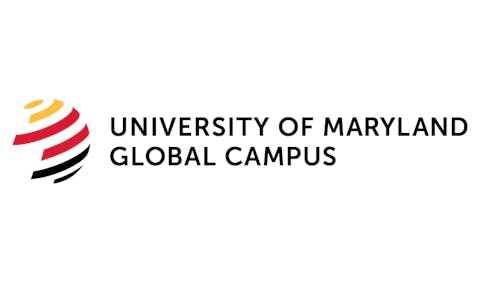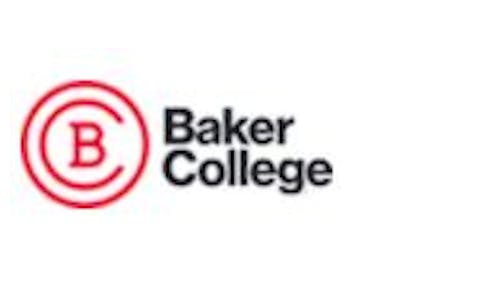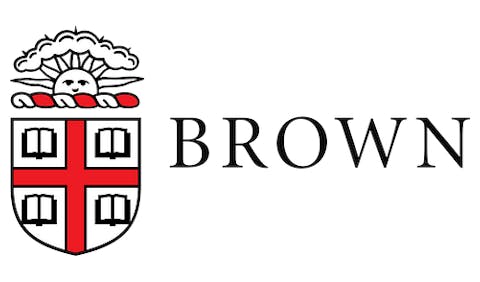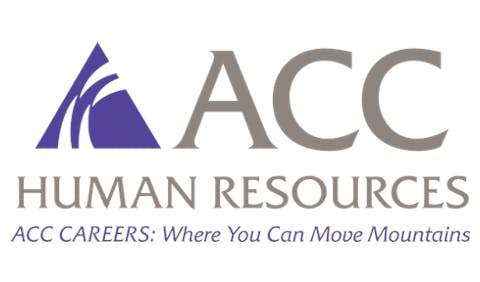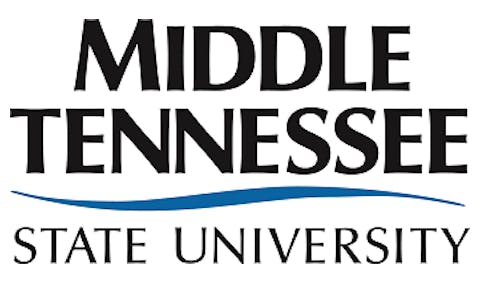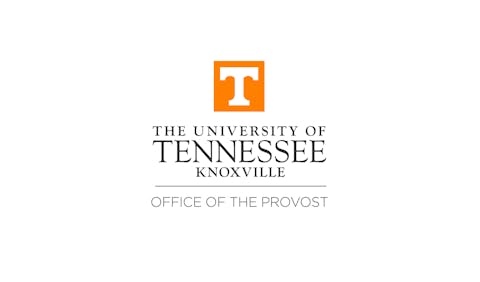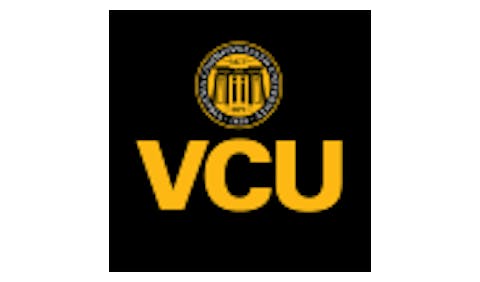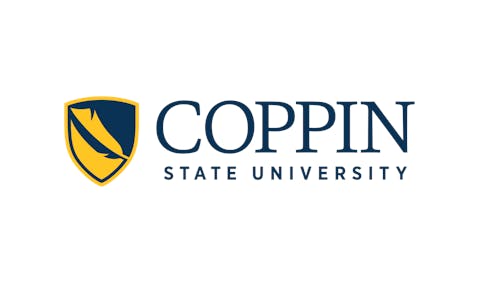WILBERFORCE, Ohio
Central State University (CSU), which only
seven months ago faced a very real threat of extinction from Ohio
legislators, has emerged from a financial and political crisis and is
showing strong signs of renewal.
Although obstacles to CSU’s long-term health remain, state higher
education officials, students, and university administrators agree that
the current trends are reason for optimism. And it also appears that a
rebuilding program, spearheaded by Central State’s new president, John
Garland, is starting to bear fruit.
Located in southwestern Ohio, Central State is just twenty miles
east of Dayton. It is across a state highway from, but not directly
connected with, the private Wilberforce University.
“We’re going in an upward direction,” said Tiiara Patton, president
of CSU’s student government and a student member of CSU’s board of
trustees. “I think we have an administration that is student-oriented,
that makes an extra effort to address our concerns. I am very
optimistic.
“I know Central State University will be here a long while — long enough for my kids to come here,” she added.
That wasn’t the case in early 1997, when Republican legislators in
the Ohio General Assembly considered yanking all state funding from the
school, which was in the midst of a financial crisis. By the end of
June, the combined efforts of Ohio Gov. George Voinovich, CSU’s board
of trustees, a group of African American legislators, and an executive
management team that ran the university on an interim basis secured
CSU’s $28 million state funding for the next two years.
However, there were strings attached. CSU was forced to give up its
prized football program and turn most financial control over to state
officials. Also, it must meet nearly two dozen provisions during the
next two years in order to continue to receive state funding. The
provisions include: maintaining a balanced budget, reducing
student-loan default rates, raising admissions standards for entering
freshmen gaining institutional reaccreditation, streamlining academic
programs, improving student retention, boosting alumni giving, and
rebuilding its endowment fund.
Garland — a CSU alumnus hired last summer from the University of
Virginia in Charlottesville, where he served as associate vice provost
— told state officials on an oversight committee January 15 that
Central State is on target with meeting the state’s requirements.
The university has already adopted a balanced budget and has met or
exceeded expenditure targets. It’s paying its bills on time. Full-time
faculty has been reduced through attrition and layoffs from 120 in the
1995-96 school year to eighty today. And, it is currently hiring staff
to replace state officials who had been overseeing the school’s fiscal
affairs.
Most important, however, the university’s students seem to be
responding to the renewal efforts. Student attrition between fall and
winter quarters promised to be much less severe than previous years,
when it ranged from 17 to 23 percent, according to Tedd Miller, CSU
vice president for enrollment management, who was appointed by Garland.
The school had registered 1,044 students for winter, down a handful
from the fall-quarter head count of 1,052.
However, Miller cautioned that financial-aid problems could force
up to seventy students from the rolls, and final winter-quarter
enrollment figures would likely drop below the 1,044 level. The level
of student support brought smiles to the faces of Central State
officials.
Garland called the retention numbers “absolutely outstanding. It’s a testament to the work we’ve been able to do here.”
CSU officials are busily trying to come up with strategies to keep
the students it has and recruit a robust crop of new students next
fall. At a January 17 meeting on campus, CSU trustees:
* Established a $750,000 emergency revolving student-loan fund to
allow enrolled students to pay living expenses while federal and state
student loans are being processed.
* Heard plans for CSU to sponsor a “Scholastic Bowl” on campus in
May that would invite as many as 100 high schools from throughout Ohio
to compete academically. The winning school would be awarded
scholarships.
* Learned of student recruitment plans that will use alumni
chapters, faculty members, and a new public relations committee “to get
the word out that Central State University is alive and well,” as
Miller puts it.
* Heard a report that stated that between October 1 and January 18,
the university had raised $62,000 from alumni donations, which Garland
said showed “a clear indication of support for this board and this
administration.”
Garland told state officials he would like to explore the
possibility of restoring football at the school as part of an overall
student-recruitment effort. The school has a rich football tradition
and won the National Association of intercollegiate Athletics (NAIA)
championship in 1990, 1992, and 1995. But the NAIA sanctioned the
university’s football and baseball programs a year ago for using
ineligible players.
Legislators prohibited football because they felt the university
had neglected other financial needs, in particular in the school’s
dormitories and cafeterias, while supporting the athletic program.
Garland’s support for football prompted a swift retort from State Sen.
Eugene Watts, a Republican from the Columbus area who has been CSU’s
most outspoken critic in the legislature.
“He [Garland] should be focusing his attention on the academic
resurrection and financial resurrection of Central State,” Watts told
the Associated Press. “We don’t want him worrying for one second about
a football program. He doesn’t have enough time in the day to do that.”
Garland said his mentioning of football did not reflect a desire to
give its return a high priority. The school’s board of trustees was
deeply divided on the issue when they last discussed it in 1997.
There are other challenges ahead for the university as well. An
evaluation team from the North Central Accrediting Association will
visit in May, and gaining reaccreditation is essential for CSU’s
future. Some individual academic programs, including manufacturing
engineering and chemistry, have encountered problems in accreditation,
although Garland said he is optimistic the university’s responses to
the accrediting bodies will resolve those problems.
Legal battles are also looming. Trustees voted January 17 to take
legal action against CSU’s former president, Dr. Arthur E. Thomas. They
are seeking repayment of nearly $102,000 of a 1995 severance package
that state auditors concluded was improper.
Also, a state audit of CSU’s administration of federal grants and
other matters is due for release later this year. And a local county
prosecutor is conducting a criminal investigation of CSU following an
Ohio inspector general’s probe that uncovered what was called “numerous
instances of fraud, waste, and abuse” during the mid-1990s –prior to
the arrival of the current board of trustees and of Garland.
Board of Trustees Chairman Fred Ransier and other board members —
who were appointed en masse by Voinovich after the governor forced out
the previous board in 19.96 — have expressed frustration over the
perception that CSU is rooted in the past, whereas they are moving
forward. Yet state officials and legislators often lump current CSU
board members and officials together with previous crises and
improprieties with which they had nothing to do.
“We’ve fought that battle for a year and a half, and it’s got to
end,” Ransier said. “We are not the problem. We are here to be the
solution to the problem.”
RELATED ARTICLE: Community Colleges To Take Center Stage At ACE Conference
WASHINGTON — In what could be considered a recognition of the
importance of community colleges within the higher education community,
a major address at the upcoming American Council of Education (ACE)
conference will be given by the chancellor of Arizona’s Maricopa County
Community College, Dr. Paul A. Elsner.
“I would like to think that it represents the coming of age of
community colleges,” Elsner said of the fact that he is delivering a
major address to the national conference of the organization that is
considered to speak for all of higher education.
Elsner said he will be speaking about the difficulties community
colleges have in building a sense of community and how that affects the
educational process.
“Much of what we do is tied to satisfying the adult learner who is
working,” Elsner said, describing the typical community college student
as “in a hurry and on the run.”
According to Elsner, one of the reasons community colleges are
being recognized as an essential part of the higher education continuum
is that more four-year college students are coming from community
colleges.
This, coupled with the fact that 48 percent of African American
college students, 56 percent of Hispanic students, and 85 percent of
Native American students attend community colleges, makes community
colleges a potent force in the higher education world, Elsner said.
The theme of the ACE conference, which will be held in San
Francisco in early February, is “Freedom and Responsibility,” with an
emphasis on what higher education can do to build a free and
responsible campus.
Other speakers at the conference include sociologist Robert Bellah,
professor emeritus at University of California Berkeley, and Howard
Fuller, director of the institute for the Transformation of Learning at
Marquette University. Fuller, former superintendent of schools in
Milwaukee, Wisconsin, will speak on the need for higher education and
the K-12 education community to work together.
“I’m going to be talking about why there needs to be a radical
change in how we approach K-12 education in this country,” Fuller said,
“particularly for poor children of color, and what role higher
education has in trying to make that happen.”
ACE has drafted a statement on the need for diversity in higher
education that has been signed by twenty-nine higher education
organizations. However, the decision whether to release it by the time
of the conference had not yet been made two weeks before the
conference. According to someone who has seen the statement, it makes
no reference to affirmative action, but does speak strongly on the
educational benefits of having a diverse faculty and student body.
At press time, President Bill Clinton had not yet confirmed whether
he would speak at the conference, But he has spoken at previous
conferences, and was expected to speak again this year.
Mark Fisher covers higher education for the Dayton Daily News.
COPYRIGHT 1998 Cox, Matthews & Associates
© Copyright 2005 by DiverseEducation.com










